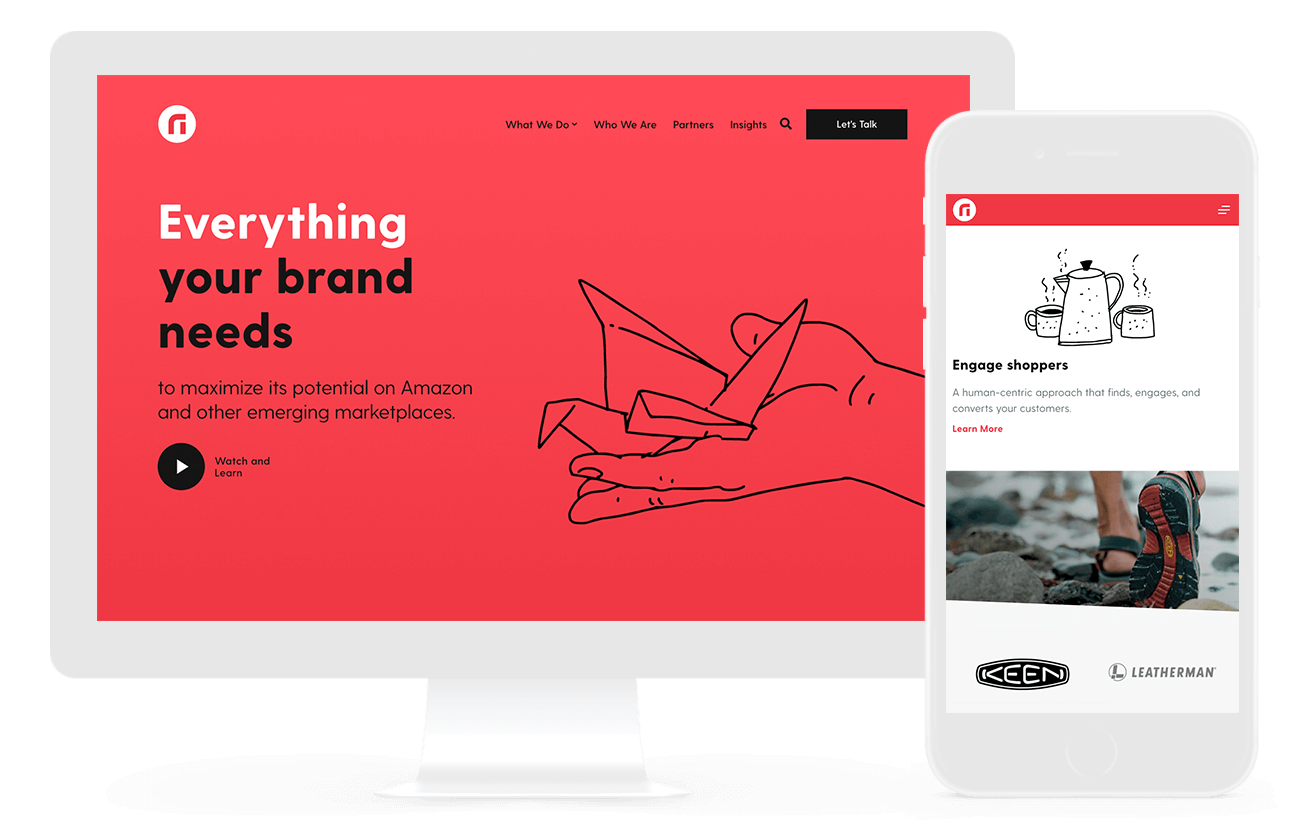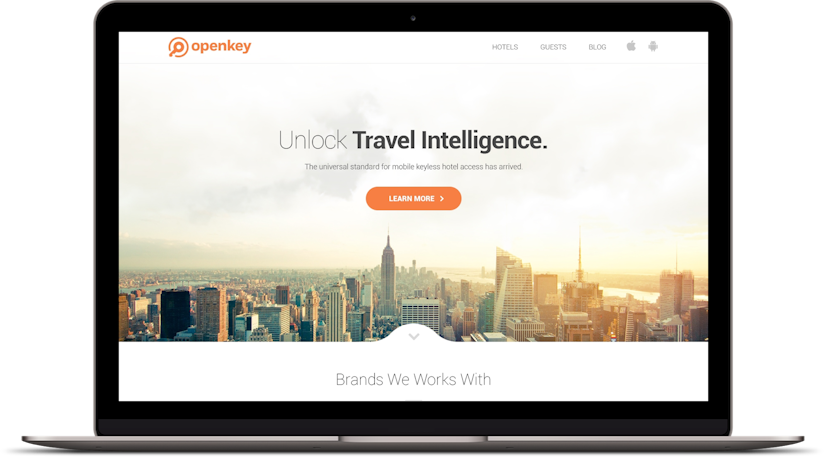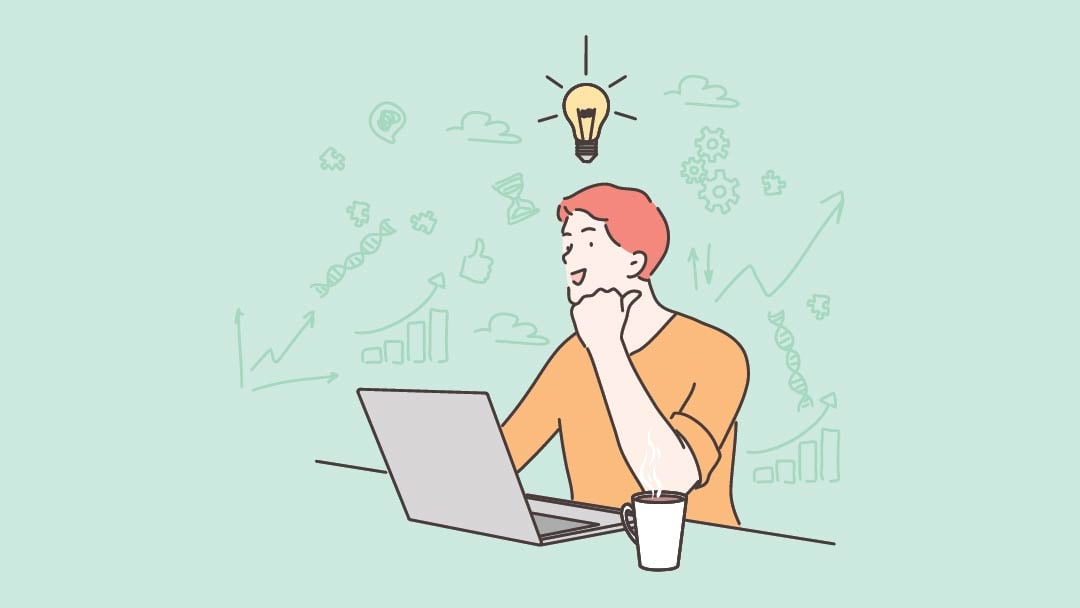All Categories
Featured
Table of Contents
- – Modern Website Designs - Best Web Page Designe...
- – Website Design - Best Ecommerce Web Design By...
- – Collaborate & Create Amazing Graphic Design F...
- – Web Design - Uci Division Of Continuing Educa...
- – Html Responsive Web Design - W3schools Tips a...
- – Web Design And Applications - W3c Tips and Tr...
- – Top Web Design Courses Online - Updated [Apr...
- – Top Web Design Courses Online - Updated [Apr...
- – Custom Web Design, Development & Digital Mar...
- – Webpage Design (Article) - Further Learning ...
- – The Leader In Website Design – Squarespace T...
Modern Website Designs - Best Web Page Designers Tips and Tricks:
Quick summary Usability and the energy, not the visual design, identify the success or failure of a site. Since the visitor of the page is the only individual who clicks the mouse and therefore decides everything, user-centric style has actually developed as a basic approach for successful and profit-oriented web design - web design frederick md.
and the utility, not the visual style, determine the success or failure of a website. Since the visitor of the page is the only person who clicks the mouse and for that reason chooses whatever, user-centric design has become a basic approach for effective and profit-oriented website design. If users can't use a feature, it may as well not exist.
g. where the search box should be positioned) as it has currently been done in a number of posts; instead we focus on the techniques which, used effectively, can lead to more advanced design decisions and simplify the process of viewing provided information. Please observe that you may be thinking about the usability-related articles we have actually published prior to: Concepts Of Excellent Site Design And Effective Website Design Guidelines, In order to use the principles appropriately we first need to understand how users communicate with sites, how they think and what are the basic patterns of users' habits.
Website Design - Best Ecommerce Web Design By Shopify Tips and Tricks:
Visitors glance at each brand-new page, scan some of the text, and click the first link that catches their interest or slightly resembles the thing they're looking for. There are large parts of the page they don't even look at. Most users browse for something fascinating (or useful) and clickable; as quickly as some appealing candidates are found, users click.
If a page provides users with high-quality content, they want to jeopardize the content with advertisements and the style of the website. This is the reason why not-that-well-designed websites with top quality material acquire a lot of traffic over years. Material is more crucial than the design which supports it.

Users do not read, they scan. Notice how "hot" locations abrupt in the middle of sentences. This is common for the scanning procedure. Really basic concept: If a site isn't able to fulfill users' expectations, then designer failed to get his job done properly and the business loses money. The greater is the cognitive load and the less intuitive is the navigation, the more willing are users to leave the website and search for alternatives.
Collaborate & Create Amazing Graphic Design For Free Tips and Tricks:
Neither do they scan webpage in a direct style, going sequentially from one site area to another one. Rather users satisfice; they select the first affordable choice. As quickly as they discover a link that looks like it may cause the objective, there is an extremely excellent possibility that it will be instantly clicked.
It doesn't matter to us if we understand how things work, as long as we can use them. If your audience is going to imitate you're developing billboard, then style fantastic billboards." Users want to have the ability to manage their internet browser and count on the consistent information presentation throughout the site.
If the navigation and site architecture aren't instinctive, the number of concern marks grows and makes it harder for users to comprehend how the system works and how to get from point A to point B. A clear structure, moderate visual clues and quickly identifiable links can help users to discover their course to their aim.
Web Design - Uci Division Of Continuing Education Tips and Tricks:

Considering that users tend to explore sites according to the "F"-pattern, these 3 statements would be the very first aspects users will see on the page once it is loaded. The design itself is easy and instinctive, to understand what the page is about the user requires to browse for the response.
Once you have actually achieved this, you can communicate why the system is useful and how users can benefit from it. Do Not Squander Users' Patience, In every job when you are going to provide your visitors some service or tool, try to keep your user requirements minimal.
First-time visitors are prepared to, not filling long web types for an account they might never ever use in the future. Let users explore the website and find your services without requiring them into sharing private information. It's not sensible to force users to enter an e-mail address to test the feature.
Html Responsive Web Design - W3schools Tips and Tricks:
And that's what you desire your users to feel on your web site. The registration can be done in less than 30 seconds as the type has horizontal orientation, the user does not even require to scroll the page.
A user registration alone is sufficient of an obstacle to user navigation to reduce incoming traffic. 3. Manage To Focus Users' Attention, As websites supply both static and dynamic content, some elements of the user interface attract attention more than others do. Undoubtedly, images are more eye-catching than the text simply as the sentences marked as bold are more attractive than plain text.
Focusing users' attention to particular areas of the website with a moderate use of visual components can help your visitors to receive from point A to point B without thinking of how it actually is expected to be done. The less concern marks visitors have, the they have and the more trust they can establish towards the company the website represents.
Web Design And Applications - W3c Tips and Tricks:
Make Every Effort For Function Direct exposure, Modern web designs are typically criticized due to their approach of guiding users with visually appealing 1-2-3-done-steps, large buttons with visual results and so on. From the design perspective these elements in fact aren't a bad thing.
The website has 9 main navigation choices which are visible at the very first glimpse. The choice of colors might be too light, though. is a fundamental principle of successful user interface design. It does not truly matter how this is achieved. What matters is that the material is well-understood and visitors feel comfortable with the method they connect with the system.
Rather a cost: just what visitors are looking for. An optimum solution for efficient writing is touse brief and succinct expressions (come to the point as quickly as possible), use scannable layout (categorize the content, use several heading levels, utilize visual elements and bulleted lists which break the flow of consistent text blocks), use plain and unbiased language (a promotion doesn't require to sound like ad; give your users some sensible and objective factor why they need to use your service or remain on your site)6.
Top Web Design Courses Online - Updated [April 2022] - Udemy Tips and Tricks:
Users are hardly ever on a website to take pleasure in the style; furthermore, in many cases they are trying to find the details despite the style - web design frederick md. Pursue simplicity rather of complexity. From the visitors' point of view, the very best website style is a pure text, without any ads or additional material blocks matching exactly the query visitors utilized or the content they have actually been trying to find.
Finch plainly provides the details about the website and provides visitors a choice of choices without overcrowding them with unneeded content. 7. Don't Be Afraid Of The White Space, Really it's really tough to overstate the value of white space. Not only does it assist to for the visitors, however it makes it possible to perceive the information presented on the screen.
Complex structures are harder to check out, scan, evaluate and work with. If you have the option in between separating two design sections by a noticeable line or by some whitespace, it's usually better to use the whitespace solution. (Simon's Law): the much better you manage to supply users with a sense of visual hierarchy, the simpler your material will be to view.
Top Web Design Courses Online - Updated [April 2022] - Udemy Tips and Tricks:
The same conventions and rules must be applied to all elements.: do the most with the least quantity of hints and visual elements. 4 major indicate be thought about: simplicity, clearness, diversity, and focus. Simplicity consists of only the elements that are crucial for interaction. Clarity: all parts need to be designed so their meaning is not uncertain.
Conventions Are Our Pals, Conventional design of website components doesn't result in a boring web site. It would be an use headache if all sites had different visual presentation of RSS-feeds.
understand what they're anticipating from a website navigation, text structure, search positioning etc. A normal example from functionality sessions is to translate the page in Japanese (presuming your web users do not know Japanese, e. g. with Babelfish) and provide your use testers with a job to find something in the page of various language.
Custom Web Design, Development & Digital Marketing ... Tips and Tricks:
Steve Krug suggests that it's better to, but benefit from conventions when you do not. 10. Test Early, Test Frequently, This so-called TETO-principle should be used to every web design task as functionality tests frequently supply into substantial issues and problems associated with a provided design. Test not far too late, not too little and not for the wrong factors.
Some crucial indicate bear in mind: according to Steve Krug, and testing one user early in the project is better than testing 50 near the end. Accoring to Boehm's very first law, errors are most regular throughout requirements and design activities and are the more pricey the later they are gotten rid of.
That indicates that you create something, test it, fix it and then evaluate it again. There might be issues which haven't been found during the preliminary as users were practically obstructed by other problems. functionality tests. Either you'll be indicated the problems you have or you'll be indicated the absence of significant style defects which is in both cases a helpful insight for your project.
Webpage Design (Article) - Further Learning - Khan Academy Tips and Tricks:
This holds for designers. After you have actually dealt with a website for couple of weeks, you can't observe it from a fresh point of view any longer. You know how it is constructed and therefore you understand precisely how it works you have the knowledge independent testers and visitors of your site wouldn't have.
It can be connected to other locations such as graphic style, user experience, and multimedia arts, however is more aptly seen from a technological perspective. It has become a large part of people's everyday lives. It is hard to think of the Internet without animated graphics, different styles of typography, background, videos and music.

Throughout 1991 to 1993 the Web was born. Text-only pages could be seen utilizing a basic line-mode browser. In 1993 Marc Andreessen and Eric Bina, produced the Mosaic web browser. At the time there were multiple internet browsers, however the majority of them were Unix-based and naturally text heavy. There had actually been no integrated method to graphic style components such as images or sounds.
The Leader In Website Design – Squarespace Tips and Tricks:
The W3C was produced in October 1994 to "lead the Internet to its full potential by developing common procedures that promote its evolution and ensure its interoperability." This prevented any one business from monopolizing a propriety web browser and programming language, which could have changed the result of the World Wide Web as a whole.
As this has happened the innovation of the web has actually likewise proceeded. There have also been significant modifications in the way people utilize and access the web, and this has altered how websites are created. Because completion of the web browsers wars [] new browsers have actually been released. Much of these are open source meaning that they tend to have much faster advancement and are more supportive of brand-new standards.
Learn more about Lovell Media Group LLC or TrainACETable of Contents
- – Modern Website Designs - Best Web Page Designe...
- – Website Design - Best Ecommerce Web Design By...
- – Collaborate & Create Amazing Graphic Design F...
- – Web Design - Uci Division Of Continuing Educa...
- – Html Responsive Web Design - W3schools Tips a...
- – Web Design And Applications - W3c Tips and Tr...
- – Top Web Design Courses Online - Updated [Apr...
- – Top Web Design Courses Online - Updated [Apr...
- – Custom Web Design, Development & Digital Mar...
- – Webpage Design (Article) - Further Learning ...
- – The Leader In Website Design – Squarespace T...
Latest Posts
Web Design & Seo By Acs - Syracuse Web Design - Google ... Tips and Tricks:
Web Design Vs. Web Development - Upwork Tips and Tricks:
Law Firm Website Design, Attorney Web Design, Lawyer ... Tips and Tricks:
More
Latest Posts
Web Design & Seo By Acs - Syracuse Web Design - Google ... Tips and Tricks:
Web Design Vs. Web Development - Upwork Tips and Tricks:
Law Firm Website Design, Attorney Web Design, Lawyer ... Tips and Tricks: